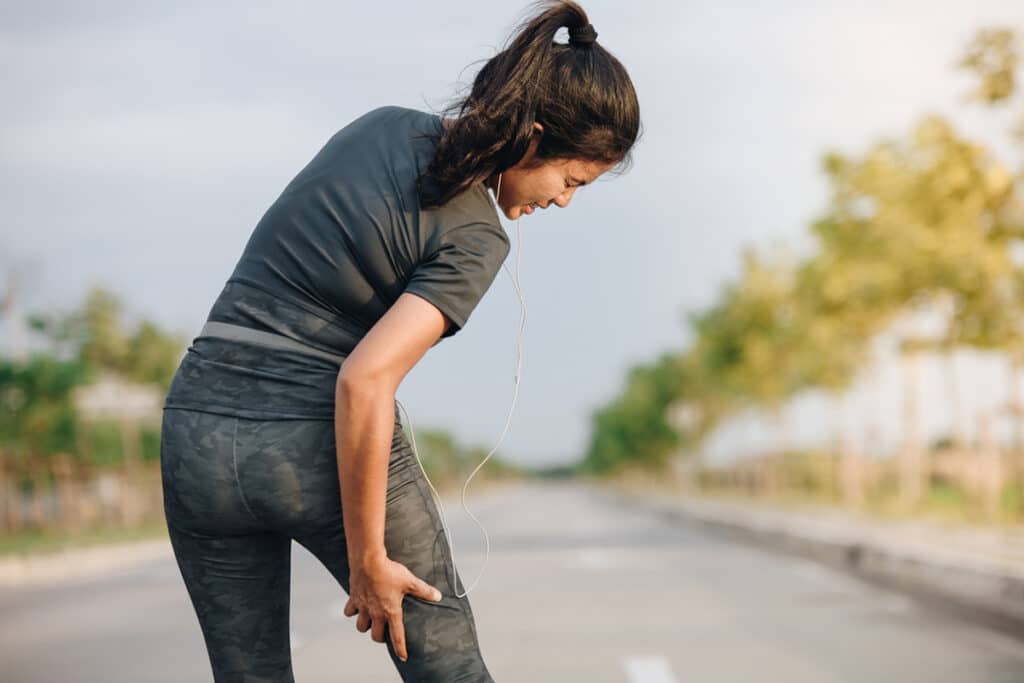
IT band syndrome is a common injury among runners. If you’re experiencing pain on the outside of your knee or thigh during or after running it might be IT band syndrome. But what causes this injury, and how can you prevent it? In this blog post, we’ll explore the causes of IT band syndrome and what you can do to avoid it.
The iliotibial band, or IT band, is a thick band of connective tissue that runs from your hip to your knee. It attaches to your femur bone and helps to stabilize your hip and knee during movement. IT band syndrome occurs when this band becomes tight or inflamed, causing friction between the band and the bone. This friction can lead to pain and discomfort on the outside of your knee or thigh.
So, what causes the IT band to become tight or inflamed? One common cause is overuse. If you’re running too much or too often without allowing your body to rest, you’re putting a lot of stress on your IT band. This can lead to inflammation and pain. Another common cause is poor running form. Running with your feet too close together or with your knees pointing inward can put extra stress on your IT band, leading to injury.
In addition to overuse and poor running form, there are other factors that can contribute to IT band syndrome. Tight hip muscles, particularly the hip abductors, can put extra stress on your IT band during running. Weakness in the hip muscles, particularly the glutes, can also contribute to IT band syndrome. Tightness in the IT band itself or in the surrounding muscles, such as the quadriceps or hamstrings, can make the IT band more prone to injury.
So, how can you prevent IT band syndrome? The first step is to make sure you’re not overdoing it with your running. Give your body time to rest and recover between runs, and gradually increase your mileage. Work on improving your running form, making sure your feet are hip-width apart and your knees are pointing straight ahead. Incorporating strength exercises for your hips and glutes can also help prevent IT band syndrome.
If you’re experiencing IT band syndrome, rest is important to allow the inflammation to go down. Ice and anti-inflammatory medication can also help reduce inflammation and pain. Stretching and foam rolling can help alleviate tightness in the IT band and surrounding muscles. A physiotherapist or chiropractor can help with exercises to strengthen your hips and glutes and improve your running form.
IT band syndrome is a common injury among runners, but it can be prevented with proper training and care. Avoid overuse and focus on improving your running form. Strengthen your hip and glute muscles, and stretch and foam roll regularly. If you’re experiencing pain or discomfort, rest and seek the help of a physiotherapist or chiropractor. With the right care, you can keep IT band syndrome at bay and continue running for years to come.
If you have any questions or would like to explore further, please book a free, no-charge online appointment with either myself, Nitin Nair, BPT, R/TRO DIP, PT, or another Kitchener physiotherapist at CARESPACE. We are happy to listen and are here to help!

